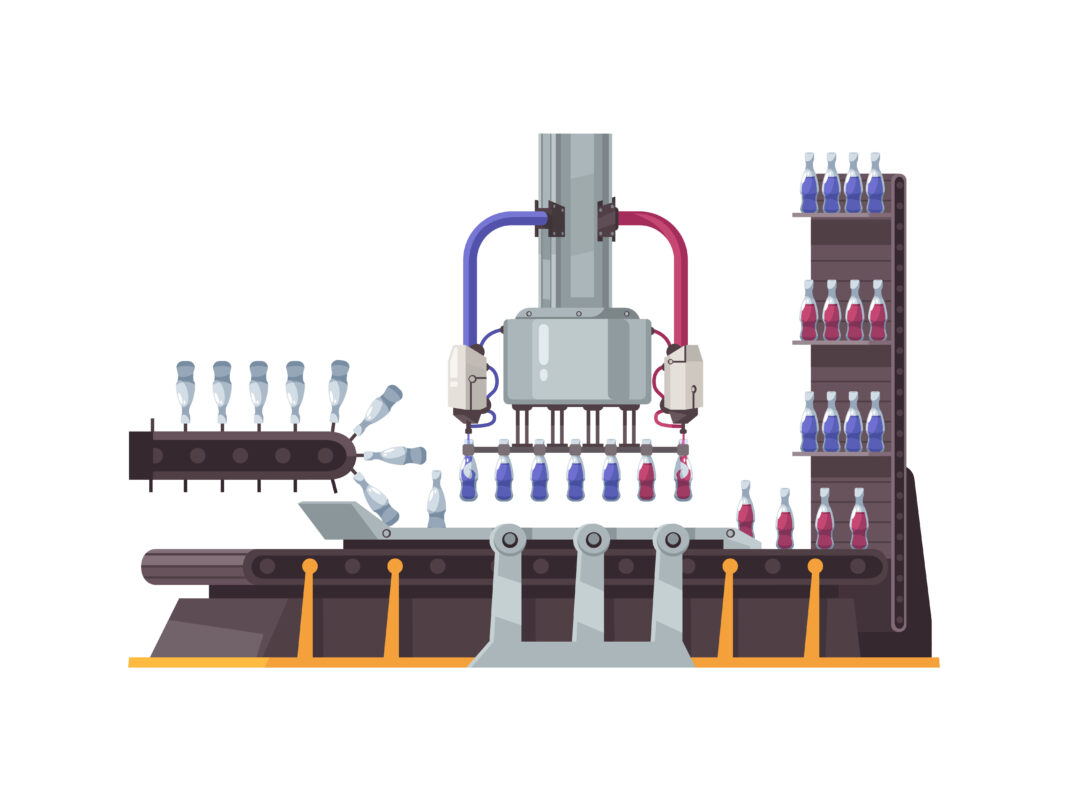Currently, aseptic filling technology has created a drastic shift for beverage producers. Back in the day, they achieved shelf life through hot fill technology such that the sterilized bottle with hot liquid was part of the filling process. However much the technology was effective, there were limitations in terms of product quality. On the other side, it limited plastic design bottles to withstand heat applied during filling without distortion. In comparison, a cold aseptic filling machine provides the required shelf life without adversely affecting the quality of the product. It uses fewer plastic bottles, giving much greater bottle design flexibility.
Aseptic Filling Machine
Aseptic filling technology aims to achieve accuracy, best-filling speed, and flexibility while maintaining the sterility of product and container during the entire process. It also aims to avoid recontamination.
The filing environment must be aseptic, which means the complete area must be thoroughly sterilized and cleaned using decisive mechanical actions and proper chemicals. Immediately after filling, it must remove any residue to avoid the risk of microorganisms’ growth.
Weight or volume can fill the containers. The volumetric filling uses a magnetic flow meter fitted to each filling head for accurate control of liquid flow. Since most aseptic products are liquids, it can still bottle them without the filling head touching the bottle. However, some products are subject to foaming, making it necessary for careful control of flow rate, which varies during each filling bottle to achieve the required accuracy.
On the other side, filling by weight is usually reserved by liquid products that have their content declared in grams on their packaging. It’s also used as a second check to consider variation caused by product viscosity or temperatures. Filing by weight may become challenging to control in high-speed operations such as collision and vibration within the system, which affects the measurements.
How To Make Aseptic Filling Technology Fit
Globalization today has made aseptic filling machines the best production system for the beverage industry, even though the investments needed to install an aseptic filling machine is a bit high. However, the benefits of aseptic filling technology are based on three factors;
- Bottle Design: filling at room temperature allows greater flexibility if bottle design. If there’s a need to change bottle design frequently or have a complex design, aseptic filling technology is a distinct advantage.
- Volume: it designed aseptic lines to run 24 hours while ensuring a high-efficiency level. The high output will allow the costs to be amortized over a higher production run. Smaller volumes, on the other side, will still make sense if the quality level required for the market is sufficiently high.
- Product Quality: at basic levels, aseptic filling technology provides a consistent output with the minimum additives or chemicals. The maximum benefit will be obtained in applications where a high-quality product is critical. It preserved individual characteristics of raw materials to maintain their color, natural contents, and taste.
Conclusion
With many considerations to follow, if a beverage company will think of expanding its production in the future, the aseptic line will provide future-proofing for the line to allow it to grow to meet the developing needs of the business. Aseptic technology may also qualify for the consolidation of production into larger, more efficient plants with a longer shelf life; thus the product will not deteriorate during storage and transportation.


















